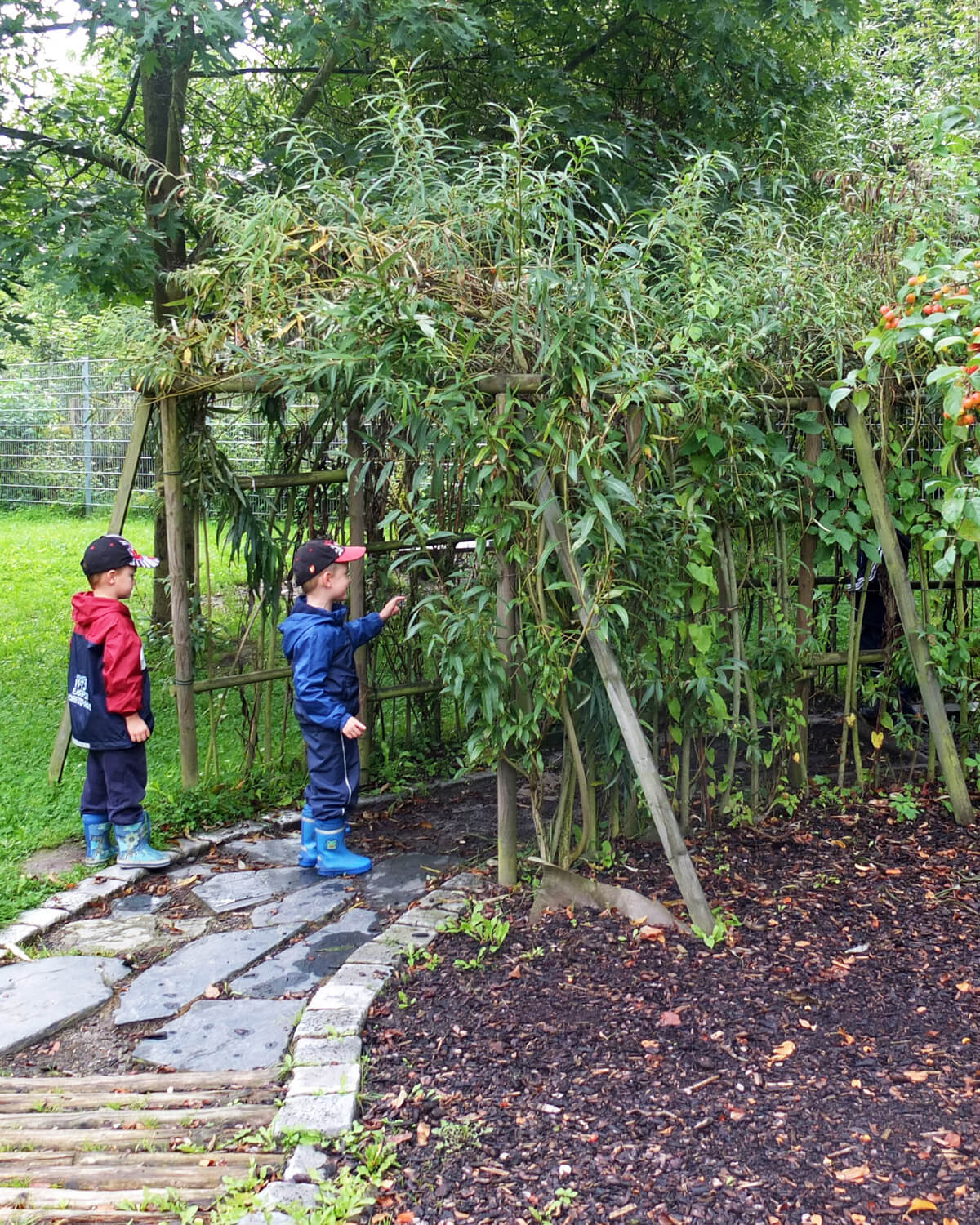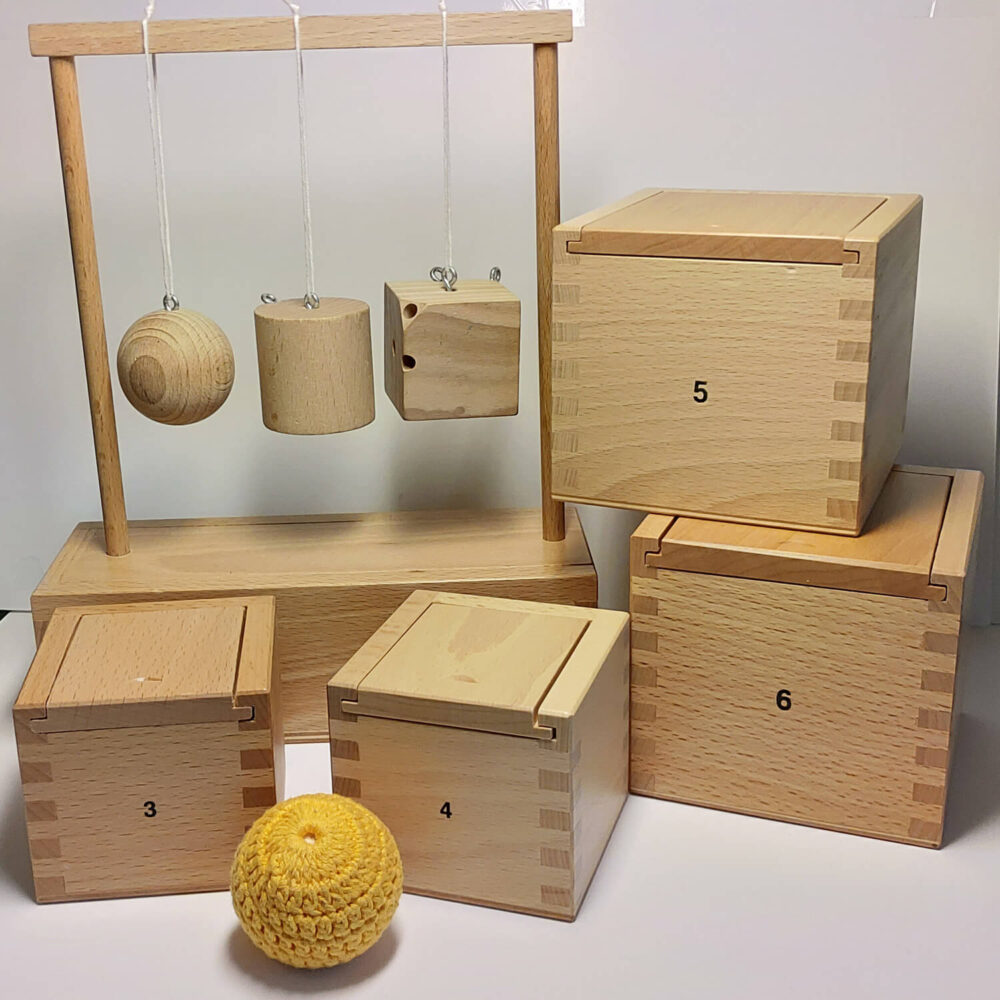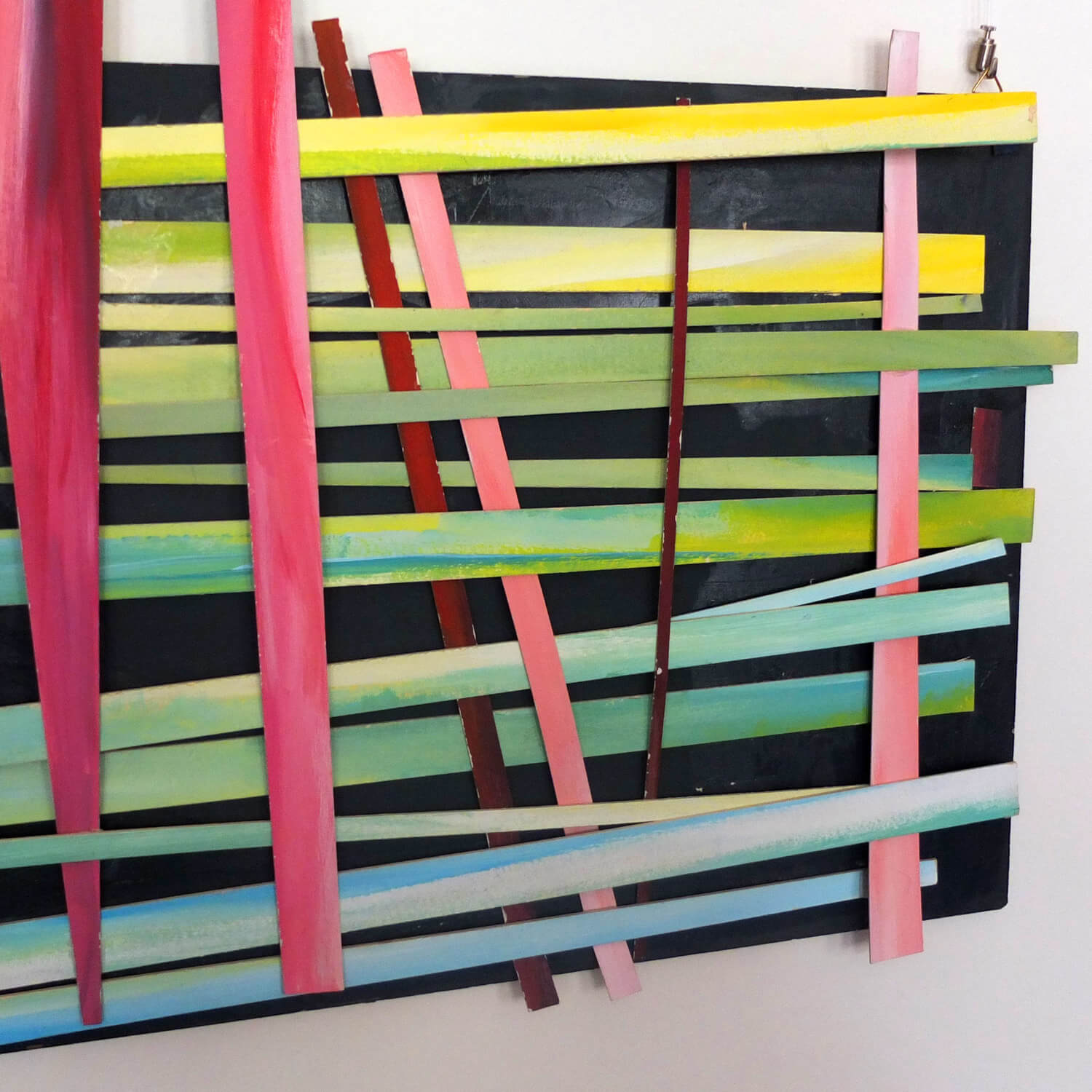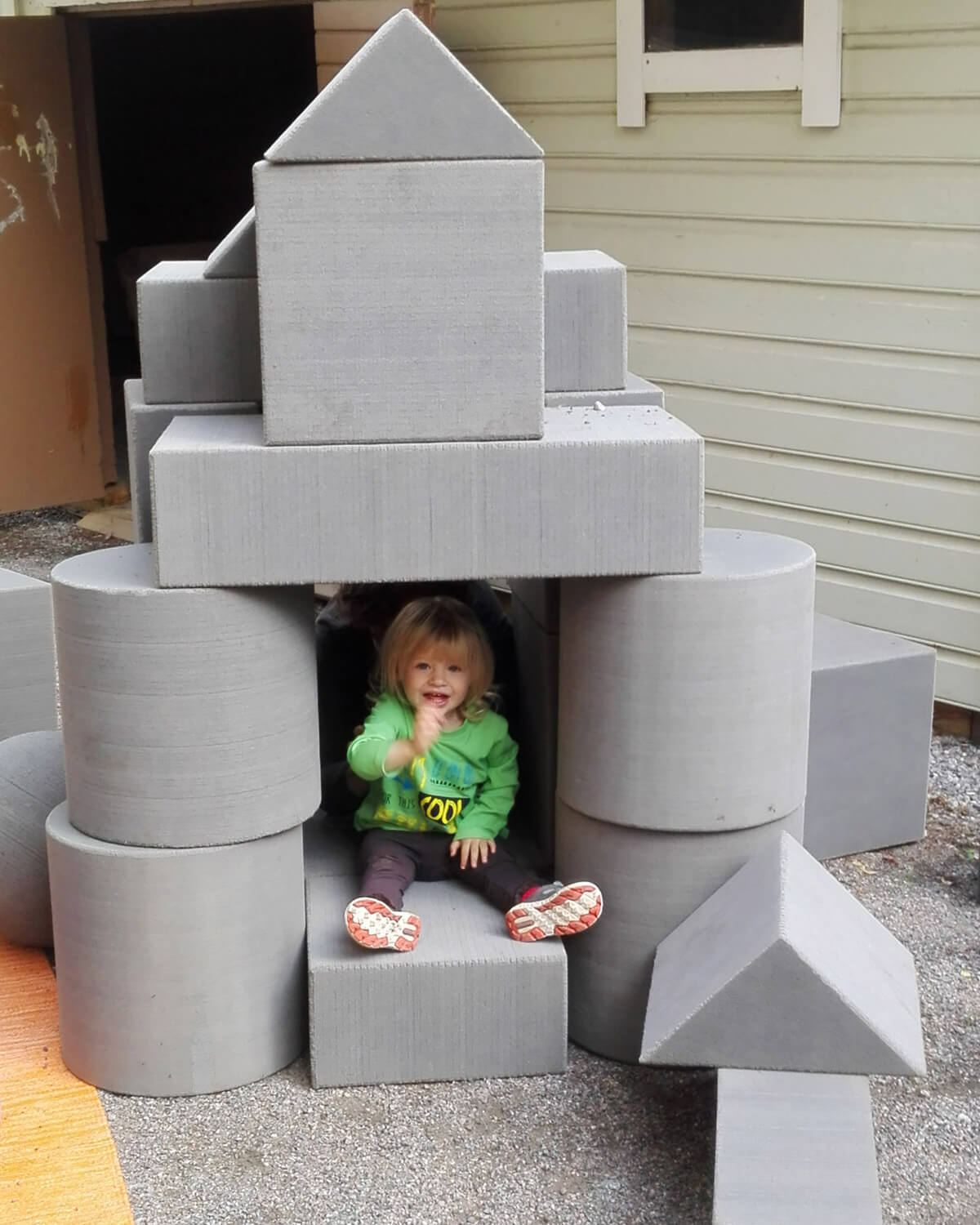Friedrich Froebel – advocate of play
Finnish kindergarten activities base on the ideas developed by the German educator Friedrich Froebel (1782–1852) about a garden-like kindergarten where children can flourish.
Froebel emphasized that the environment and objects alone cannot develop a child. We need a group where children learn skills and cooperation from each other. He believed that all things in the universe are connected. When children become aware of this, they better understand themselves and the deeper meaning of other people, nature and the world as a whole.
Froebel founded his first kindergarten (Kindergarten = children's garden) in Bad Blankenburg in 1840. Froebel compared the educator to a gardener taking care of his plants. According to Froebel, educators should nurture and support the child's development towards an independent, thinking, feeling and creative learner. The relationship between an adult and a child should be warm, respectful, interactive and intellectually inclusive, not submissive.
"Each child is a unique, individual being and at the same time part of a whole with the family, the community and ultimately the whole universe."
Friedrich Froebel

An advocate for play
Froebel emphasized the importance of a child's first years of development and upbringing. He saw children as active, curious and creative explorers who learn best through action, play, talk and self-reflection. Children flourish when they are emotionally secure in a close relationship with their family and the wider environment.
According to Froebel, play is the core of all early childhood activities. A child develops thinking and acting. Therefore, they express themselves and their thoughts by playing, acting and exploring. Early childhood pedagogy must not be prescriptive or urgent but must support the child's independence and natural development and growth.
Froebel developed his pedagogical principles and implemented them in practice with the help of play and craft equipment used in kindergartens. He developed his material by observing children play. The child gets simple play equipment, not ready-made toys, from which he creates new ones repeatedly with the help of his imagination.
Froebel's importance extends beyond the development of early childhood pedagogy to the area of 20th-century culture and architecture. Artists and architects of the classical avant-garde school, including Wassily Kandinsky, Georges Braque, Walter Gropius, Le Corbusier and Frank Lloyd Wright, attended Froebelian kindergartens in Europe, Russia and America as children and got influenced to their own artistic work.
"Playing, play, is the highest stage of a child's development in this stage of human development because it is the free expression of the inner; bringing out the inner originates from inner compulsion and need, which is evident from the very word Spiel, play."
Friedrich Froebel

Froebel's Occupation and Gifts
Froebel was interested in mathematics, natural science, crystallography and geometry. In his opinion, children's education had to include simple geometric shapes, and observations about the relationships between things and objects.
According to Froebel, 19th-century homes and kindergartens lacked decent and simple enough play equipment. He does not, though wanted to offer children ready-made toys, but instead developed a series of learning materials for children, which they divided into sets of Occupations and Gifts.

Gifts
Froebel's Gifts consist of six separate gifts, in which the main shapes are a ball, a cylinder and a cube, which can be divided in different ways. Play gifts always use the same tools, but the product made from them changes time and time again. The output can be disassembled, and the equipment can be used again.
Following Aristotle's teachings, Froebel developed play gifts from simple to more versatile and complex. Each gift was related to the characteristics of the previous gift, but always contained something new.
In the continuum of Froebel's gifts, new forms progress from one opposite to another (properties of sphere and cube) and create syntheses (cylinder). Very young children can use their first gifts. Froebel used the concept of a gift for his play equipment. With the help of gifts, children and adults can learn from each other. An adult following, observing and, if necessary, offering tools to enrich play.
Froebel developed three different forms of these toys for teaching:
1. Forms of life (Lebensform) combine reality and life conditions. The forms include three-dimensional objects and buildings in everyday life, such as towers assembled from blocks, stairs, and furniture.
2. Forms of beauty (Schönheitsform) are surfaces and patterns, which one creates with the help of the basic forms. A Series of symmetrical patterns can be built from the basic models, for example, different star patterns.
3. Forms of knowledge (Erkenntnisform) i.e., learning forms, one studies number and quantity relationships and examines basic forms by combining the forms created. Children learn to understand the concepts of the half, quarter, cube, etc.

Occupations
When using play gifts, the output of the action changes each time. In the case of work gifts, the result is permanent, as the material changes. The result is, for example, a craft, sewing or clay work. The work gifts included sewing, drawing, threading, paper folding, clay works, building with sticks and beans, and knitting.
Froebelian innovations designed by artist Alexander Reichstein in collaboration with the Kindergarten Museum
The giant blocks are large-sized play equipment designed by artist Alexander Reichstein in cooperation with the Kindergarten Museum. The giant blocks are inspired by Friedrich Froebel's play gifts. Shapes from all of Froebel's six gifts of play join into the set of giant blocks. The size of the blocks is increased considerably: the blocks are so large, but at the same time strong and light, that a small child can build a house out of them into which they can fit. Building with giant blocks attracts children and adults to do things together.
You and Froebel construction kit is a play material that combines play, art and craft, conceived by artist Alexander Reichstein. The bag contains basic wooden shapes familiar from Froebel's second gift, a ball, a cube and a cylinder, and various parts of broken toys. Children can attach toy parts to these basic shapes with magnets, creating new, imaginative characters and stories. With the construction kit, one can learn to pay attention not only to shapes of objects but also to recyclability and ecological values. Amazing characters and worlds are born from the parts of broken toys, creating whole new stories! You don't always need new toys. It is more interesting to try out how to create something new from old material. In each game, the construction products transform into what the player looks like, always into a different world of play.
You can read more about the giant blocks and the You and Froebel construction kit from here.
